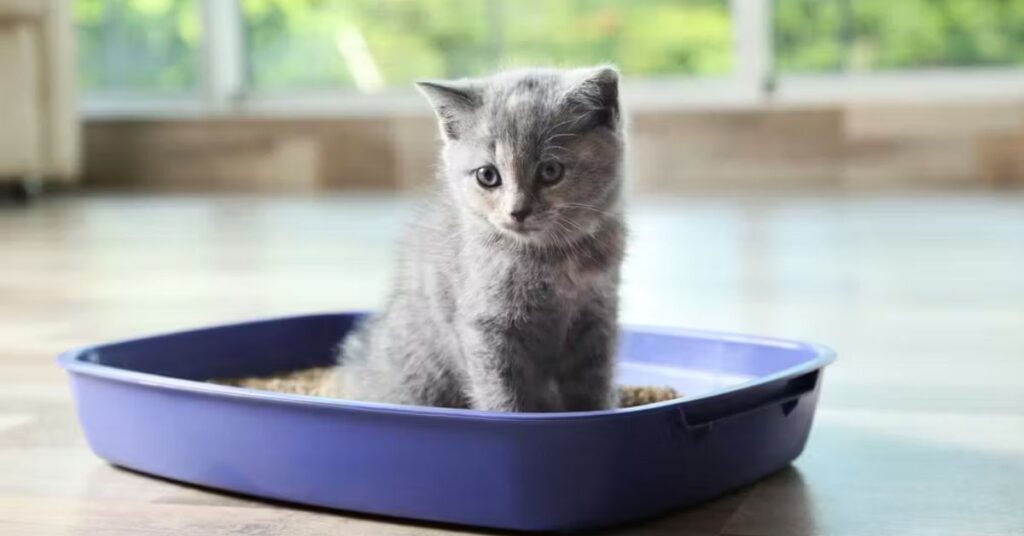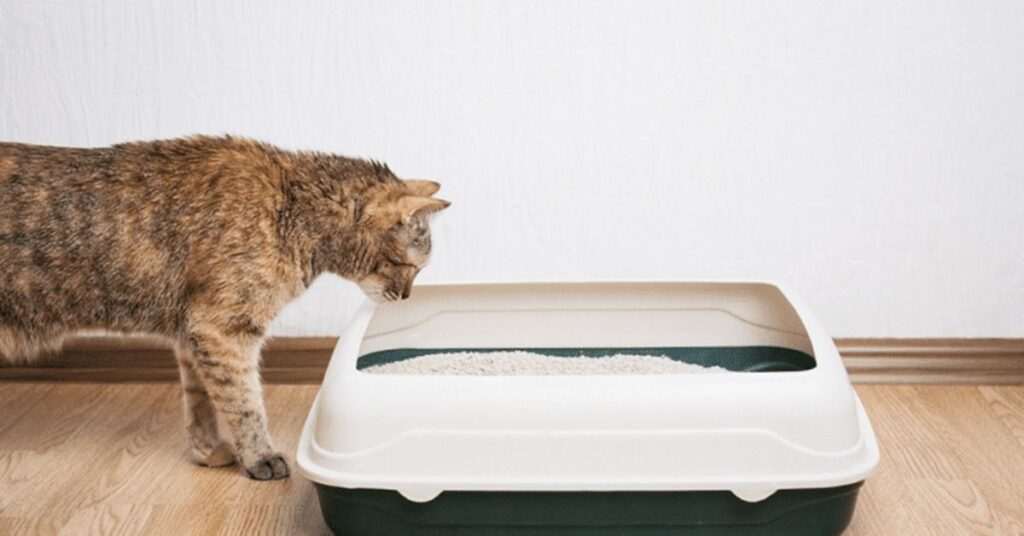How To Stop My Bengal CAT From Peeing?-A Complete Guide
One normal issue looked at by Bengal Cat proprietors is improper pee—a disappointing issue that can originate from different causes. Assuming you wind up inquiring, “How would I stop my Bengal Cat from peeing all over?”
It can be frustrating to deal with a Bengal cat who urinates outside the litter box.
This article is your guide to comprehending the causes of this behaviour and putting effective solutions into action.
Understanding Your Bengal Cat’s Behaviour:
Prior to digging into arrangements, it’s pivotal to get a handle on why your Bengal Cat might be peeing outside the litter box. Cats are predictable animals, and changes in their current circumstance or routine can set off Pressure-prone ways of behaving like improper peeing.
Furthermore, clinical issues like urinary lot contamination, diabetes, or kidney illness could be basic causes. In this way, a visit to the veterinarian is foremost to preclude any well-being concerns.
Also Read: Why Are Cats So Soft?-A Complete Guide
Figuring out the Issue:
1. Recognize Possible Triggers:
Understanding why your Bengal cat is peeing outside the litter box is essential before dealing with the problem. Stress, preference for a particular litter box, behavioural issues, or medical conditions could all be contributing factors.
2. Clean Filthy Regions:
Remove any lingering odours by thoroughly cleaning any areas where your cat has urinated outside the litter box. Utilize an enzymatic cleaner to kill aroma markers that might empower rehash mishaps.
3. Survey Litter Box Arrangement:

Assess the litter box climate, including size, sort of litter, tidiness, and area. Guarantee you have sufficient litter enclosed and peaceful, open regions throughout your home.
4. Play around with litter:
Cats can have preferences for particular types of litter. Explore different avenues regarding different litter types (clustering, non-bunching, scented, unscented) to find one that your Bengal Cat likes.
5. Keep Litter Boxes Clean:
To maintain cleanliness, scoop the litter boxes each day and completely change the litter on a regular basis. Cats might abstain from utilizing a filthy litter box, prompting mishaps.
6. Decrease Pressure:
Anxiety and stress can lead to inappropriate urination. Give your Bengal Cat a calm climate by offering concealing spots, vertical spaces, and a lot of mental and actual feeling.
Also Read: Can Dogs Eat Zucchini?-A Complete Guide
How to Design the Ideal Litter Box Environment:
The litter box arrangement plays a significant part in empowering your Bengal Cat to utilize it reliably. That is the way to establish an enticing bathroom climate:
1. Location:
The litter box should be placed in a quiet, easy-to-reach location away from loud appliances and high-traffic areas. Since cats prefer to relieve themselves in privacy, the box should not be placed in a crowded area.
2. Several Boxes:
Make sure there is at least one litter box for each cat and an additional one in households with multiple cats. That forestalls regional questions and guarantees each Cat has enough of a chance to utilize a perfect box.
3. Litter Inclination:

Experiment with your Bengal cat’s litter to find out which kind it prefers. Some Cats favour bunching litter, while others incline toward non-clustering or regular options like sand or destroyed paper.
4. Continual Maintenance:
Scoop the litter box every day to eliminate squandering and keep up with tidiness. Due to this meticulous nature, cats may refuse to use a dirty box.
Taking Care of Stress and Anxiety:
Bengal Cats are exceptionally smart and dynamic varieties that blossom with mental and actual feeling. They might engage in inappropriate behaviours like peeing outside the litter box if they don’t get enough enrichment. Here are procedures to mitigate Pressure and tension:
1. Advancement Exercises:
Invigorate your Bengal Cat’s psyche and body with intelligent toys, puzzle feeders, and vertical spaces like Cat trees or retirements. Connecting with play meetings and everyday exercise assists with directing their energy decisively.
2. Routine of Consistency:
Lay out an anticipated day-to-day schedule for taking care of recess and litter box support. Stress levels are reduced when cats feel at ease in routines and familiar settings.
3. Natural Improvement:

Establish a Cat accommodating climate with comfortable concealing spots, roosts close to windows, and scratching posts. Giving outlets to regular ways of behaving, like scratching and climbing, can assist with mitigating Pressure.
Clinical Assessment and Treatment:
If your Bengal cat continues to urinate inappropriately despite changes to the environment, it is essential to consult a veterinarian. They can direct an exhaustive assessment to preclude hidden ailments and recommend proper treatment if necessary. Diabetes, infections of the urinary tract, and stones in the bladder are all medical conditions that can lead to inappropriate urination.
Conduct Alteration Strategies:
It may be necessary to modify your Bengal cat’s behaviour in some instances. Here are viable methods to carry out:
1. Encouraging feedback:
Support wanted litter box conduct by compensating your Cat with treats, applause, or recess following utilizing the crate. Encouraging feedback builds up the relationship between the litter box and a positive result.
2. Obstacles to Problem Regions:
Use impediments like twofold-sided tape, aluminium foil, or citrus-scented splashes to deter your Bengal Cat from peeing in unambiguous regions. Cats disdain the tacky surface of the tape and the smell of citrus, making these regions less engaging in the end.
3. Changing on a surface level Guides:
If you want your home to feel more peaceful, consider using pheromone sprays or different users like Feel away. These manufactured pheromones mirror the quieting fragrance Cats normally produce, decreasing pressure-related behaviours like unseemly pee.
4. Conduct Treatment:
Counsel a guaranteed creature behaviourist or veterinarian gaining practical experience in conduct in the event that your Bengal Cat’s improper pee endures in spite of your earnest attempts. Changing strategies custom-made to your Cat’s particular requirements might be suggested.
Also Read: Do Dogs Go To Heaven?-A Complete Guide
FAQ’s:
1. For what reason does my Bengal Cat continue to pee in the house?
Cats who are uncertain about their area can mark it with pee; Bengals who are exhausted can mark their domain.
2. What can I do to stop my cat from peeing?
Treats should be placed close to where your cats inappropriately pee. If your Cat is peeing on the bed, place treats there.
3. Are Bengal cats hard to litter train?
Bengal Cats don’t have more improper disposal than some other types of Cats.
4. What is the best custom-made splash to stop Cats from peeing?
White vinegar, rosemary, and lemon juice are three things cats detest. To make them simple to use in the garden, put the liquid in a spray bottle.
Conclusion:
Unseemly pees can be a provoking issue to address, yet with persistence, understanding, and the right procedures; you can assist your Bengal in defeating this way of behaving. By establishing an ideal litter box climate, tending to pressure and nervousness, looking for veterinary consideration when required, and carrying out social change procedures, you can prepare for an amicable relationship with your catlike companion.
Keep in mind that each Cat is special, so be ready to try different things with various methodologies until you find what turns out best for your cherished Bengal buddy.






